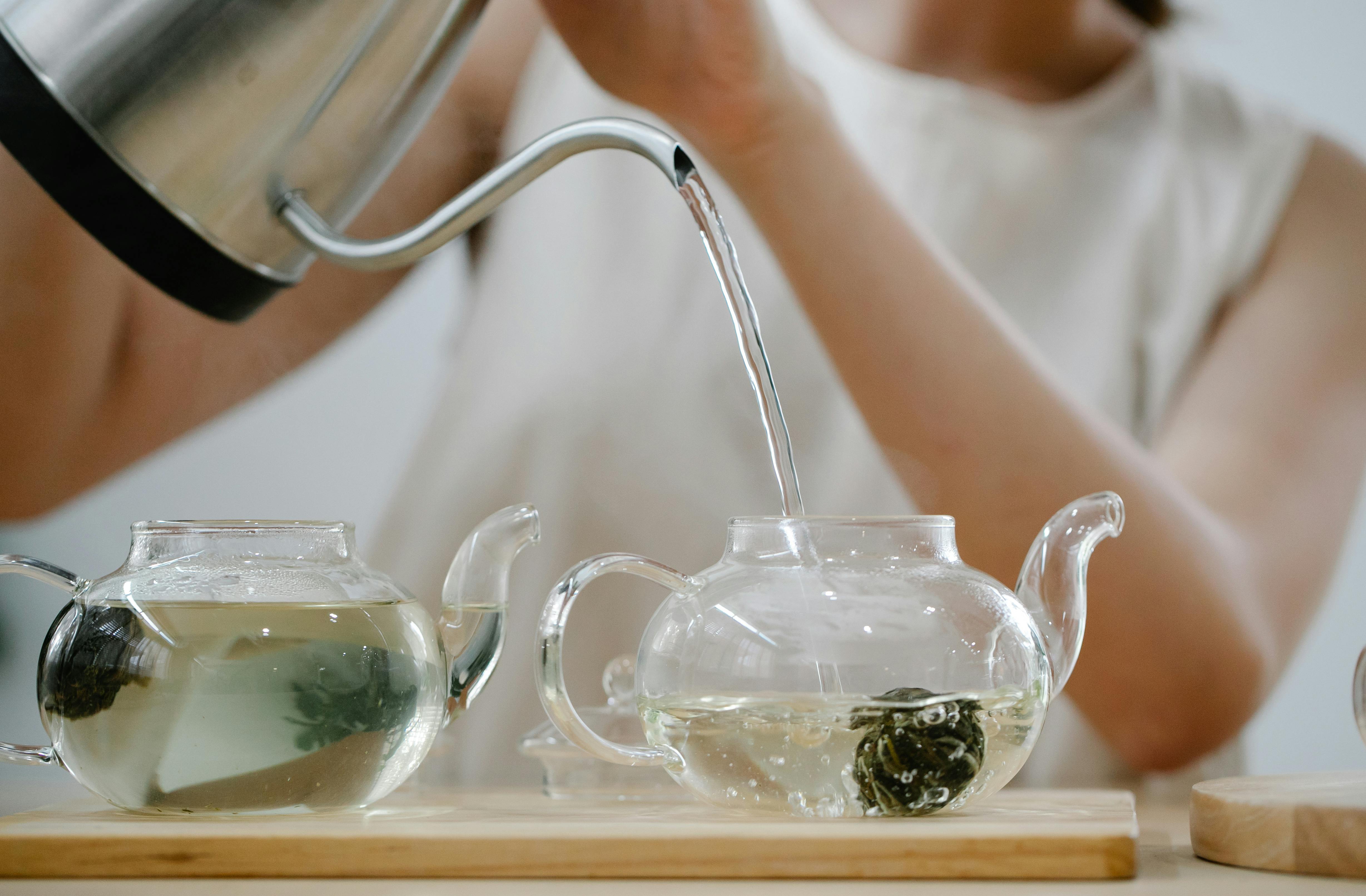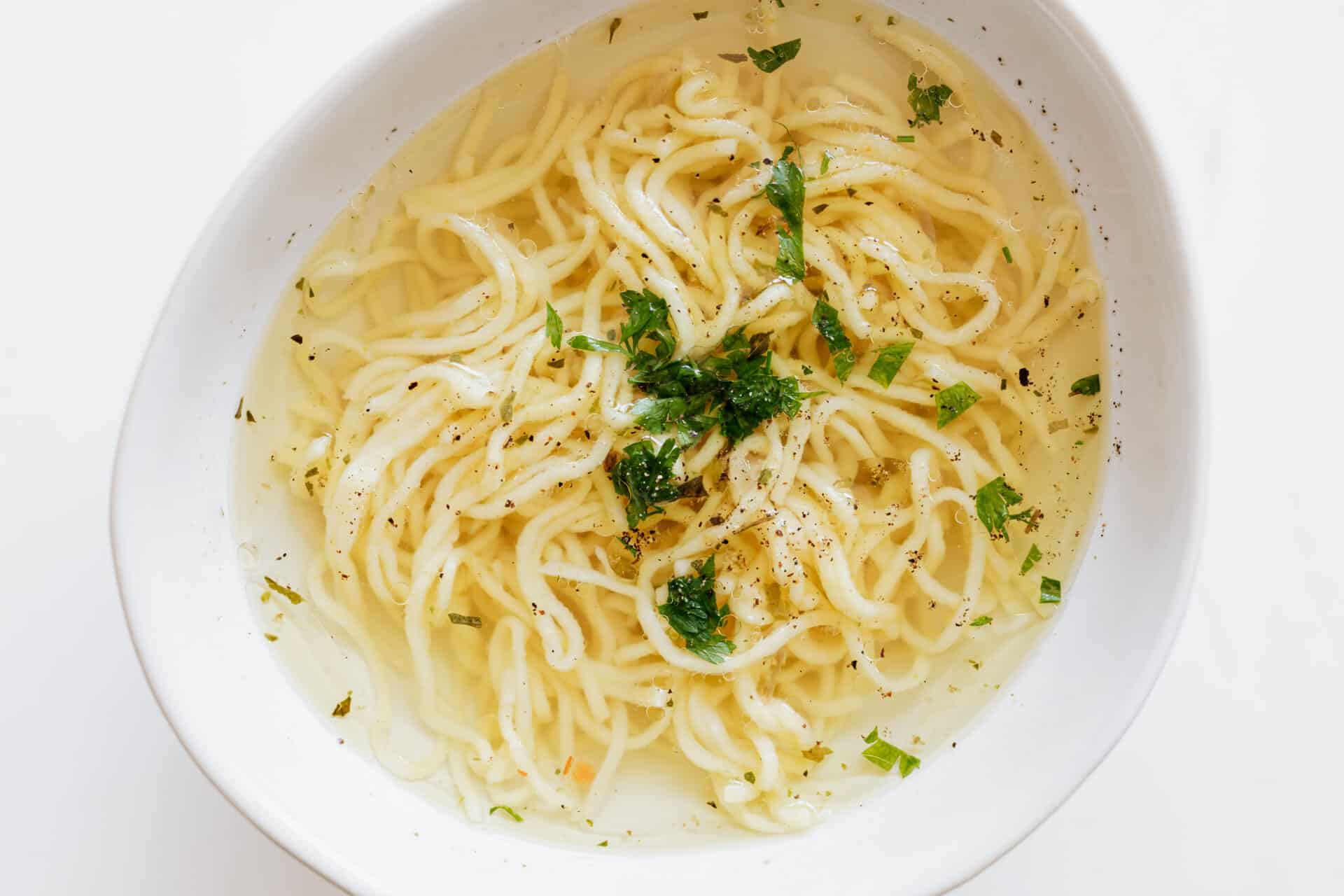Boiled water is a simple process that involves heating water until it reaches its boiling point of 212°F (100°C). Boiling kills any microorganisms present in the water and makes it safe for consumption. However, boiled water is not the same as distilled water. Distilled water is further purified by removing impurities such as minerals and dissolved solids. The boiling process does not remove these substances, so boiled water is not considered to be distilled.No, boiled water is not the same as distilled water. Boiled water has had its impurities removed by boiling and cooling, while distilled water has been further purified by distillation. Distilled water is created by boiling the water and then condensing the steam into a clean container, leaving behind any impurities that were in the original water.
Can Boiling Water Distill It?
Boiling water can be used to distill liquid, meaning that it can be used to separate pure water from impurities. This process involves heating the water until it boils, and then collecting the steam that is produced. The steam is much purer than the original water, as most of the impurities are left behind in the boiling pot. The collected steam can then be condensed back into liquid form and will contain much fewer contaminants than the original liquid. This process can also be used to purify drinking water, as well as for a variety of other applications. Therefore, boiling water can be used to distill liquid, making it a useful tool for purifying contaminated liquids.
The distillation process works by separating different compounds in a liquid based on their boiling points. When a liquid is heated, all of its components will eventually reach their individual boiling points and turn into gas or vapor. Since each component has its own unique boiling point, they will be separated as they are vaporized. The resulting vapor contains only the components with the lowest boiling point and will therefore have fewer contaminants than the original liquid. This vapor can then be collected and condensed back into liquid form, creating a much purer product than before.
In addition to being used to distill liquids, boiling water can also be used to sterilize materials or surfaces in order to kill any bacteria or other microorganisms present. This is often done in medical settings where surfaces must remain sterile in order to prevent contamination and infection of patients or staff members. Hot enough temperatures can also destroy viruses or other pathogens that may be present in liquids or on surfaces. Therefore, boiling water can not only be used to distill liquids but also sterilize materials and surfaces.
Overall, boiling water is an effective way of distilling liquids and purifying them from impurities and contaminants. It can also be used to sterilize materials and surfaces in order to prevent contamination or infection from bacteria or other microorganisms. Boiling water is a simple yet highly effective way of cleaning up contaminated liquids or sterilizing materials for medical use.
What Happens to Water During Boiling?
When water is heated to its boiling point, it begins to convert from a liquid state into a gas or vapor state. This process is known as evaporation. During boiling, the molecules of water move faster and farther apart, creating an increase in pressure and temperature. As the molecules move further apart, they form tiny bubbles that rise to the surface of the liquid, creating a rolling boil. The water vapor created during boiling can then escape into the atmosphere, leaving behind any impurities or dissolved solids in the liquid. Boiling is also used to sterilize water by killing any bacteria or other organisms that may be present.
Boiling is an effective way to purify water because it destroys most microorganisms that may be present. It can also remove certain chemicals such as lead and fluoride from drinking water. Boiling the water for at least one minute is usually enough to make it safe for consumption. Boiled water can be stored for several days in a cool place without losing its sterilizing properties. Boiling is also used in food preparation processes such as blanching and cooking pasta or rice.
Boiled and Distilled Water
Boiled and distilled water are two different types of water that are commonly used for a variety of purposes. Boiling water is a process of heating water to its boiling point, which is 212 degrees Fahrenheit at standard atmospheric pressure. The steam created by the boiling process is collected and cooled to create boiled water. Distillation involves boiling water to create steam and then cooling it so that it condenses into liquid form, thereby separating out many impurities from the original water.
Boiled water can be used for drinking, cooking, cleaning, irrigation, and other purposes. It is usually safe for consumption as long as it has cooled down enough to drink without burning the mouth or throat. Boiling can also be used to remove bacteria from drinking or cooking sources. However, boiling does not remove dissolved solids such as minerals or other contaminants from the water.
Distilled water is created through a process called distillation which involves boiling the source of water to create steam, then cooling it so that it condenses into liquid form. Distillation removes most impurities from the original source including minerals, salts, and other substances that can make water unsafe for consumption or use in certain applications. Distilled water is considered one of the purest forms of potable water available and often used in pharmaceuticals and laboratory processes where purity is essential.
In summary, boiled and distilled waters are two different types of treated waters with different uses depending on the desired outcome. Boiled water is heated to its boiling point while distilled water goes through a distillation process to separate out any contaminants present in the original source of water.
Does Boiling Remove Impurities from Water?
Boiling is often used as a method to purify water. It is a simple and effective way to remove impurities such as dirt, debris, and bacteria from water. Boiling water kills bacteria and other microorganisms that can cause diseases, making it safe for drinking. Boiling also helps to remove dissolved solids such as salts, minerals, and metals from the water. This process helps to reduce the level of contaminants in the water, making it safer for consumption.
When water is boiled, the heat causes the molecules in the water to move faster and break apart. This causes impurities to be released into the air or precipitate out of solution. The boiling process also denatures proteins, which can further reduce contamination levels in the water. Boiling can also help to remove chemical contaminants such as pesticides and heavy metals from the water.
Although boiling is an effective way to purify water, it is not a perfect solution and certain impurities may still be present after boiling. For example, volatile organic compounds (VOCs) may remain in the boiled water if they are not completely vaporized by the high temperatures produced during boiling. Additionally, some metals may become concentrated in boiled water due to evaporation of other components during boiling.
Overall, boiling is an effective method for removing many impurities from drinking water but it should not be relied upon as a single source of purification. It should be combined with other methods such as filtration or chemical treatment for optimal results.

How Does Boiling Affect the Composition of Water?
When water is boiled, its composition changes drastically. Boiling water causes it to evaporate, leaving behind any dissolved solids and other impurities. This process is known as distillation, and it results in pure water that is free from contaminants. Additionally, boiling water kills bacteria and other microorganisms, making it safe for drinking.
The chemical composition of water also changes when it is boiled. Boiling increases the concentration of hydrogen ions in the water, which makes it more acidic. The pH level of boiled water typically falls between 5.5 and 6.5, while the pH level of unboiled water is usually around 7 or slightly higher.
Boiling also increases the mineral content in the water; minerals such as calcium and magnesium are left behind as the liquid evaporates. These minerals can help to give boiled water a more flavorful taste, but they can also affect how much chlorine is present in the liquid. The higher mineral content can reduce chlorine levels significantly compared to unboiled tap water.
In addition to killing bacteria and altering its chemical composition, boiling also increases the oxygen content in the liquid, making it more likely to support aquatic life such as fish or plants if used for aquariums or ponds. The oxygen levels typically increase by 10-20 percent when boiled compared to unboiled tap water.
Overall, boiling has a significant effect on the composition of water by removing contaminants and changing its chemical makeup. It kills bacteria and increases oxygen levels while also increasing mineral content and lowering chlorine levels, giving it a unique flavor compared to unboiled tap water.
Boil Process
The boil process is a method of purifying water by bringing it to a rolling boil for a period of time. When water is boiled, any harmful bacteria or other contaminants that may be present are killed off. Boiling also removes suspended particles such as dirt, sediment, and other organic matter. Boiling water is an effective way to make it safe for drinking, cooking, and other uses. As the water boils, the steam created carries away some of the impurities, leaving behind clean and purified water.
Distillation Process
The distillation process is another method of purifying water. Unlike boiling which kills the bacteria in the water, distillation actually removes them from the liquid completely. During this process, contaminated water is heated until it turns into steam. The steam then passes through a condenser where it is cooled and collected as pure distilled water. This method of purification removes all types of contaminants including bacteria, viruses, metals, salts and other dissolved solids from the water. Distillation also produces a very pure form of H2O that does not have any taste or odour associated with it.
Distilled Water Purified More Thoroughly Than Boiled Water?
Distilled water is purified more thoroughly than boiled water because it uses a process called distillation to purify the water. In this process, water is heated to its boiling point and then condensed into a separate container. During this process, impurities such as salts and other minerals are left behind in the original container, leaving only pure H2O in the second container. This method of purification removes more impurities than boiling, which only removes bacteria and other microorganisms that could be present in the water.
Boiling can be effective for certain purposes such as killing bacteria or viruses to make drinking water safe. However, it does not remove all impurities from the water like distillation does. Distillation also helps to remove heavy metals and volatile organic compounds that cannot be removed by boiling, making distilled water much cleaner and purer than boiled water.

Conclusion
Boiled water is not the same as distilled water, and it should not be used as a substitute for distilled water. Boiling water removes some impurities and bacteria, but it does not remove all of them. Distilled water is the best choice for those who need pure, contaminant-free water. Boiled water may be suitable for drinking if the source is clean, but distilled water is a more reliable option for many uses.
For those looking to purify their drinking water, boiling may be an acceptable alternative to distillation if the source is known to be uncontaminated. But for other uses that require pure and safe water, such as medical use or aquariums, distillation is usually the best choice.

